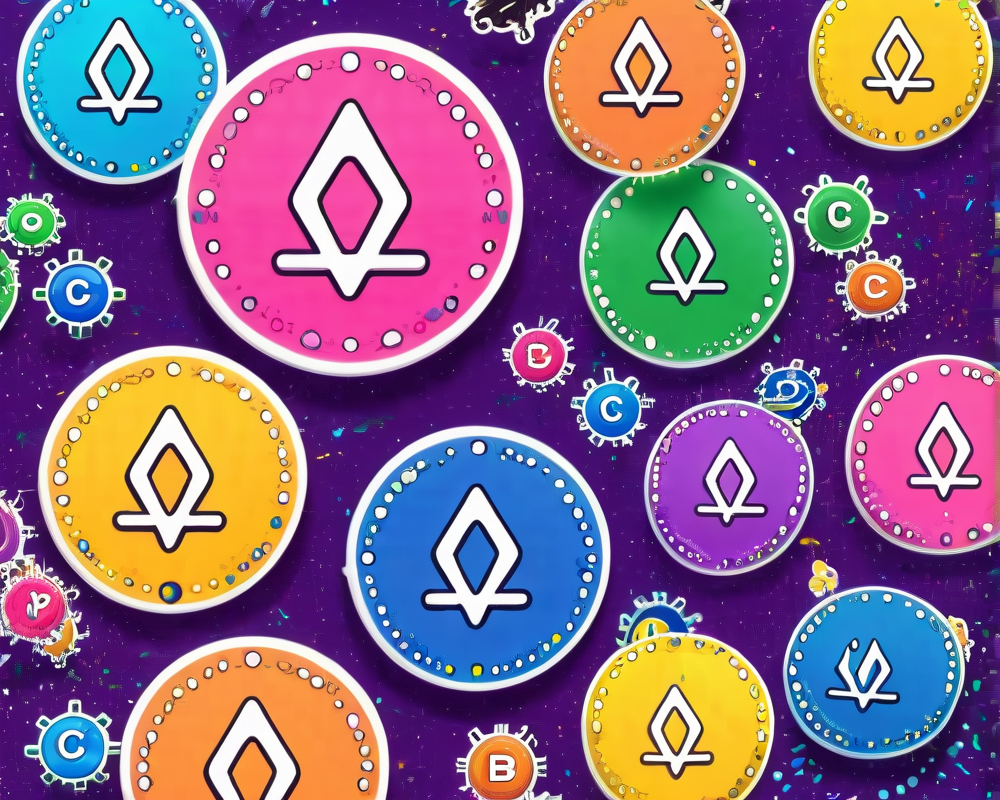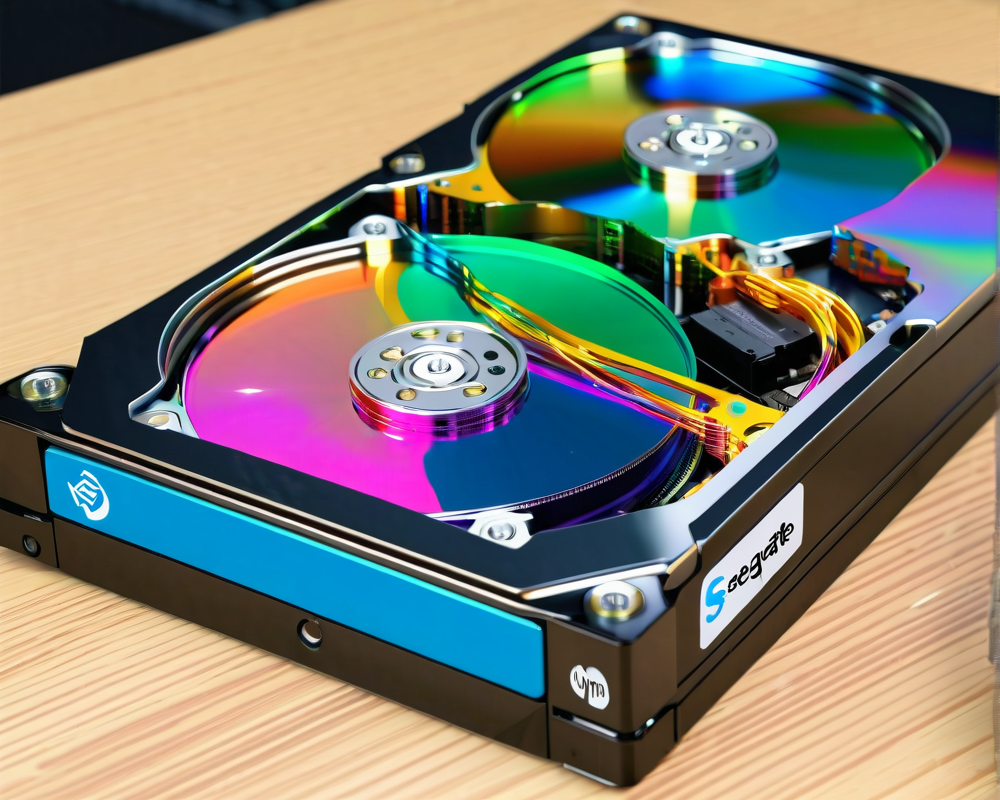Why is Cardano Considered Boring?
In the fast-paced world of blockchain, calling your project “boring” might seem like career suicide. But for Cardano Foundation CEO Frederik Gregaard, it’s actually a badge of honor. During a recent interview at the Cardano Summit in Dubai, Gregaard proudly proclaimed, “Cardano is boring” because it adheres strictly to peer-reviewed academic principles. That’s right; while other projects may be rushing to innovate, Cardano is chilling like a sloth on Sunday. Slow and studious wins the race, or at least doesn’t crash and burn, right?
Academic Rigor: The Secret Sauce
It’s not that Cardano is devoid of action. On the contrary, the network has seen pivotal updates, including the layer-2 solution Hydra and the Mithril multisignature protocol. But instead of flashy marketing campaigns, Cardano relies on its foundation of thorough research. As Gregaard explained, “If they take some of the core principles we’ve researched and invented, this is good for the earth…” The implication? Good science ultimately leads to good blockchain, and isn’t that what we all want?
The Road Ahead: Changes on the Horizon
If you thought the roadmap ended with Hydra and Mithril, think again. Cardano’s next major focus is Voltaire, which leans heavily into decentralized governance. Here’s where it gets exciting: The community will actively participate in shaping the governance model. Workshops will allow members to contribute to a constitutional document, making Cardano one of the few blockchains that’s genuinely governed by its users. It’s like a participatory democracy but for crypto—because who doesn’t want a say in the rules of the cool kids’ club?
Community Strength in the Face of Tribalism
In an industry often plagued by tribalism, Gregaard views community strength as an asset. With over 200,000 new noncustodial wallets created, even during a bear market, Cardano is proof that a solid foundation supports a thriving ecosystem. Whether you cheer for Ethereum or throw shade at Bitcoin, the sense of community in Cardano remains robust. Gregaard points out, “This tribalism is sort of watering out… as we see the scope and impact of what blockchain can bring.” Imagine if Democrats and Republicans shook hands to collaborate for education reform; now apply that to blockchains.
The Future Looks Bright… and Boring
As Cardano continues to evolve, Gregaard predicts the network will explore multi-party computation, ZK-rollups, and other innovative tech. It’s like waiting for a slow-cooked roast to come out of the oven—there’s a solid chance it’ll be delicious. He believes that Cardano could even attract nation-states for various applications, including international trade and voting. Yes, you heard that right; we might be casting our votes through Cardano in the future. Sounds way cooler than paper ballots!
Conclusion: Embracing Boring
So, is being boring a bad thing? Hardly! In a world that often celebrates chaos and rapid change, perhaps the steadiness of Cardano is just what the blockchain world needs. While others chase trends, Cardano stays true to its academic roots, paving the way for a stable, resilient future. And as Gregaard says, “Boring sometimes is good.” If that isn’t the mantra for responsible adulting, I don’t know what is.




